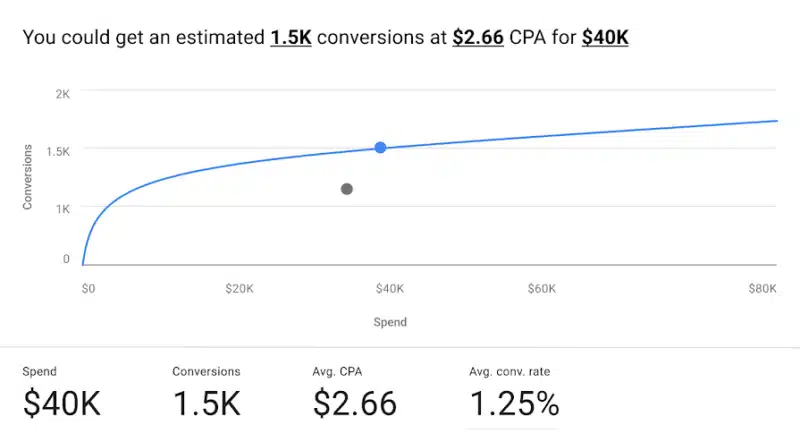3 new Google Performance Max features to plan campaigns, customize assets, and measure results
Get a head start testing these new features, but be wary of Google's advice to make changes "a few days leading up to peak holiday periods."
Google is anticipating a busy holiday season this year. In preparation, they have just announced three new Performance Max features to help advertisers plan effective campaigns, customize their asset strategy, and evaluate your results.
The Performance Planner
Advertisers can use the new Performance Planner to create campaign plans and understand how to invest their budgets while maximizing ROI. The new planner is being launched now and will be available to all advertisers in the coming weeks.
Planner features. With the Performance Planner, advertisers can forecast how their campaigns may perform in the future, as well as what can happen when certain elements like bidding strategies are implemented.


Customizing your asset strategy
Asset group scheduling. Asset group scheduling rolled out earlier this month. Now, you can add automated rules which allow you to schedule asset groups so they can be paused and enabled as needed. With scheduling, you can run ads at specific times of the day, or create and run different asset groups ahead of time.
More headlines to get your message across. The number of headlines you can upload to your Performance Max asset groups will increase from 5 to 15. Google says that by adding more headlines “you can take advantage of machine learning’s ability to create and test even more combinations to find the best-performing variations.”
Evaluating results
Performance explanations. Explanations help you identify what’s driving performance fluctuations, diagnose issues, and view recommendations. You can see these in the explanations panels and they are available for all Performance max campaigns.
First-party audience insights. A cookieless future is imminent, but it doesn’t have to mean the end of accurate targeting. Now, you can add your data segments as audience signals in your Performance max campaigns. In the coming weeks, your data segments will be added to audience insights in the Insights page. These insights may help you understand the value of your first-party data and see which of your customer lists may be converting best.
Dig deeper. You can read the announcement from Google here.
Best practices. Google suggests the following best practices as you plan your holiday campaigns:
- A few days leading up to peak holiday periods, make sure to adjust your Performance Max campaign budgets and ROAS or CPA targets to maximize your visibility when consumers are shopping.
- Consider using seasonality adjustments if you have a promotion, sale, or event where you expect to see drastic changes in conversion rates or values over a short period of time. You should only use seasonality adjustments for brief, infrequent events where you expect a temporary, but significant change (e.g. greater than 30%) that will last less than 7 days.
- If you want to prioritize certain products this holiday season, you can create a separate Performance Max campaign with its own target and budget to promote these products. However, if you just want to highlight new holiday creative assets, you can create a new asset group for these in your existing Performance Max campaigns and pause your evergreen asset groups, if needed.
Why we care. The new features may help Performance Max advertisers optimize, measure, and take advantage of additional asset features. If you’re using Performance max, you should test and utilize these new features as soon as possible, ahead of the holiday season, to drive the most benefit.
Regarding Google’s best practices, I’m skeptical of their advice to wait “A few days leading up to peak holiday periods” to make such drastic changes. Come on, Google.
Opinions expressed in this article are those of the guest author and not necessarily Search Engine Land. Staff authors are listed here.
Related stories